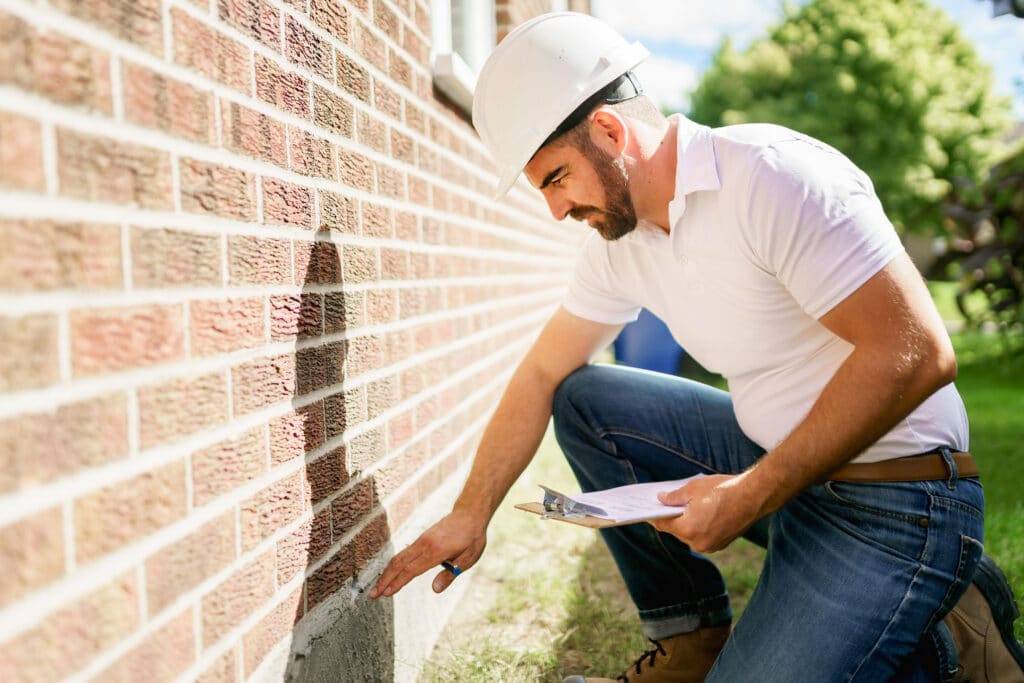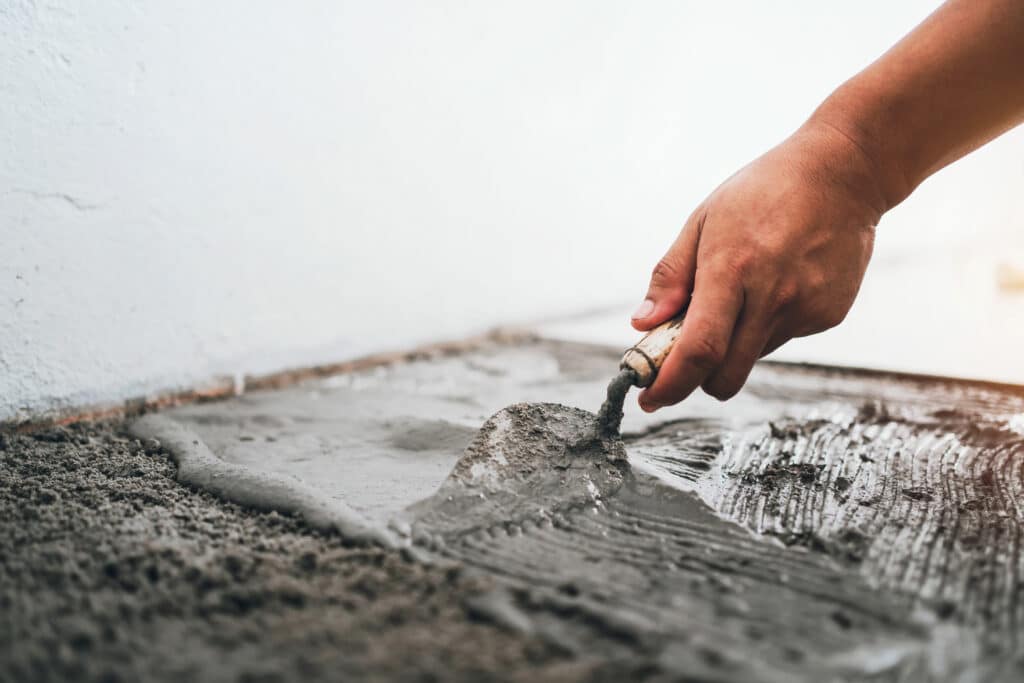Common Causes of Foundation Problems in Wilmington
Some common reasons why Wilmington homeowners suffer from foundation troubles include:
- Standing water: Water accumulation around your home can be menacing to your foundation, especially when it collects in areas your drainage system doesn't protect.
- Improper modifications: Landscaping or roofing work that wasn't done to standard could result in your foundation settling.
- Soil composition: Soil with large sand or clay concentrations is highly expansive. In the heavy rainfall Wilmington receives, the soil absorbs moisture like a sponge, then releases it in dry seasons. The constant expansion and contraction stresses nearby foundations, even if the foundations keep dry.
- Aging plumbing: Wilmington has its fair share of older homes, with a median building year of 1958. Many of these properties use cast-iron plumbing. When the pipes start eroding, leakage could reach your foundation and even pool beneath it.
- Tree Roots: Tree roots can encroach on a home's foundation through crevices, and may create stress that causes your foundation breaking, pipes leaking, and overall structural destabilization.
How to Choose the Best Foundation Repair Company
To pick a foundation repair contractor, you should think about what's most important to you. Use this list of attributes to help you go through the process.
Licensing and Experience
In Delaware, foundation companies don't have to get a state license, but they must still register with the Delaware Department of Labor. Once a company is registered, it must follow licensing requirements in each city in its service area. We recommend consulting your local government for more information on licensing, registration, and permit requirements. Talk to team members to gain further insight into a company's experience. You should ask about local building codes, inspection processes and permit ordinances.
Another way to gauge a company's reputation is to check its website. There, you can learn how long it's been in business and its trade qualifications. It might also share insights and knowledge through blog posts, podcasts, or videos.
Customer Reviews
Before signing a contract with a company, examine its online profile with the Better Business Bureau (BBB). You can examine both positive reviews and complaints. Complaints aren't necessarily a red flag in themselves. Instead, discover how a company responds to them. If the management team consistently and proactively resolves issues, it's a good sign. However, if the company lacks accreditation, shows more negative reviews than positive ones, and doesn't communicate properly, you should avoid working with it.
Lastly, we recommend you search different websites, like Trustpilot and Google, for more opinions.
Foundation Repair Cost in Wilmington
The cost of foundation repair can differ significantly depending on the extent of the issues and what needs to be done to address them. For minor foundation cracking and settling issues, you may pay as little as $1,900. However, if there is more significant deterioration, the average cost will likely fall around $3,200. More complex jobs involving excavation, helical piers, or concrete leveling could cost $7,000 or more. Below are the average foundation repair costs for common issues.
| Common Foundation Repair Services | Average Cost |
|---|---|
| Crack Repair | $370 |
| Leak Repair | $3,003 |
| Stabilization | $5,225 |
| Underpinning | $1,416 |
| Waterproofing | $3,320 |
Ready to Get a Quote on Your Foundation Repair Project?
Please enter a valid 5-digit zip code!
Frequently Asked Questions About Foundation Repair in Wilmington
What will I pay to repair my foundation in Wilmington?
Can a foundation always be fixed?
Will my homeowners insurance cover foundation repair?
Are there telltale signs I should avoid a particular foundation company?
To share feedback or ask a question about this article, send a note to our Reviews Team at reviewsteam@thisoldhousereviews.com.
More Foundation Resources
National Foundation Repair Ranking Methodology
Sources
U.S. Census Bureau (American Communities Survey)
















